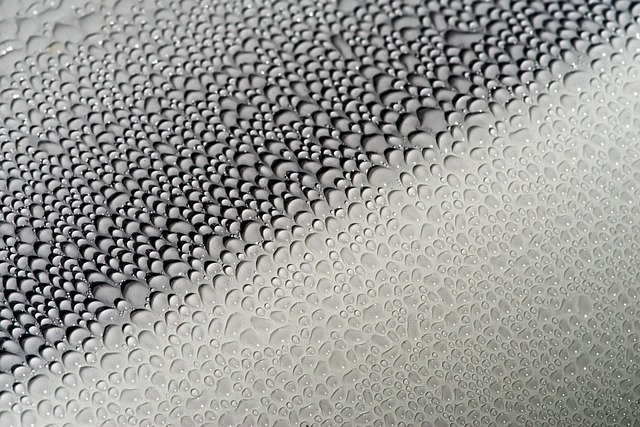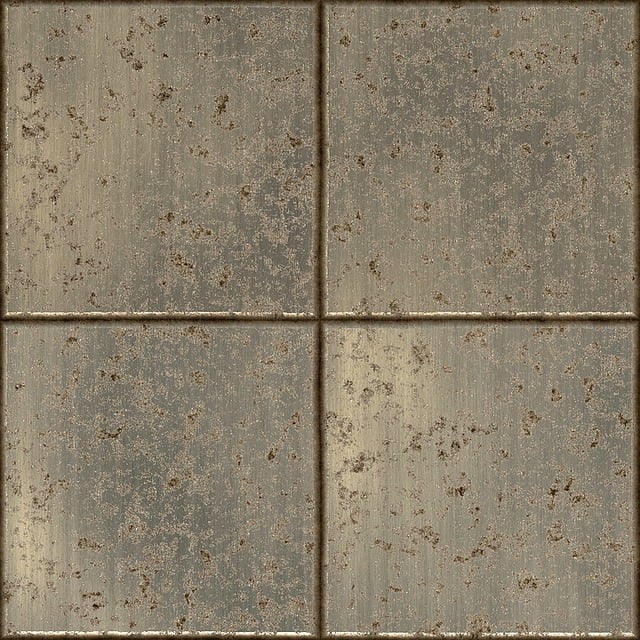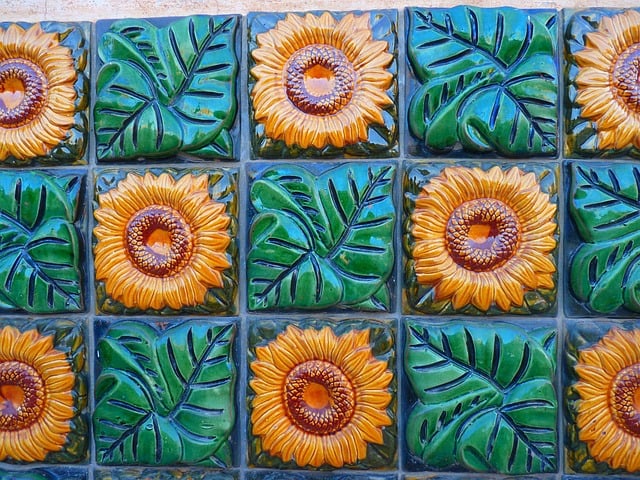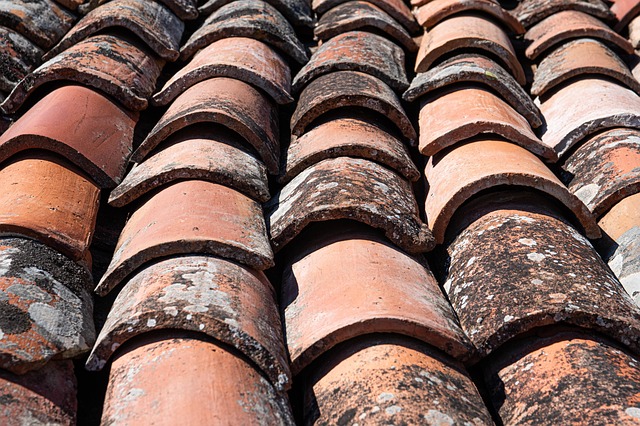Tile sealing is a critical process that protects tiles from moisture, stains, and damage, preserving their aesthetics and longevity. The right sealant, chosen based on tile material, traffic intensity, and desired finish, creates a barrier that repels water, inhibits bacteria growth, and simplifies cleaning. Proper application, regular maintenance (annual cleaning & reapplication), and awareness of common mistakes ensure optimal protection for diverse tile types like ceramic, porcelain, and natural stone.
Tile sealing is an essential step in maintaining the beauty and longevity of your tiled surfaces. In this comprehensive guide, we explore the art of protecting tiles through sealing, covering everything from understanding the process to choosing the right sealants for various tile types. Learn how sealing works, its numerous benefits, common pitfalls to avoid, and best practices for long-lasting protection. Discover advanced techniques to enhance not just the functionality but also the aesthetic appeal of your tiled spaces.
Understanding Tile Sealing: What It Is and Why It Matters

Tile sealing is a crucial process in maintaining and protecting your tile surfaces. It involves applying a protective layer, typically a sealant, to the tiles’ grout lines and sometimes the tile itself. This barrier prevents moisture and stains from penetrating deep into the material, which can cause damage or discoloration over time.
Understanding the importance of tile sealing is essential for any homeowner or commercial property manager. Grout lines, despite their narrow appearance, can absorb water and create a breeding ground for bacteria and mold if not sealed properly. By sealing tiles, you create a non-porous surface that repels liquid, making cleaning easier and prolonging the life of your tiles. This simple step ensures that your tile investment remains vibrant and in top condition for years to come.
Types of Sealants: Choosing the Right Protection for Your Tiles

When it comes to tile protection, sealing is a crucial step in maintaining the beauty and longevity of your tiles. The market offers various types of sealants designed for different purposes and surfaces, making it essential to choose the right one. Silicone-based sealants are popular choices due to their flexibility and resistance to moisture, ideal for bathroom and kitchen tiles. On the other hand, polyurethane sealants provide a durable, glossy finish, enhancing the visual appeal of floors and walls alike.
Factors like tile material, traffic volume, and desired finish should guide your selection. For example, porous tiles like ceramic or stone might require a penetrative sealer that can absorb and protect from within. In high-traffic areas, opt for sealants with superior wear resistance to prevent scratches and stains. Moreover, considering the environmental impact is smart; water-based sealants are eco-friendly alternatives with reduced VOCs (volatile organic compounds).
How Tile Sealing Works: A Step-by-Step Guide

Tile sealing is a process that protects your tiles from moisture, stains, and other damage. It involves applying a protective layer to the tile’s surface, which creates a barrier between the tile and potential contaminants. This barrier not only enhances the aesthetic appeal of your tiles but also extends their lifespan.
The step-by-step guide for tile sealing begins with preparing the tile surface. This includes cleaning the tiles thoroughly to remove any dirt, grease, or existing sealers. Once the surface is clean, a suitable tile sealer is chosen based on the type of tile and expected exposure to water or stains. The sealer is then applied evenly across the tile using a brush, roller, or sprayer. After application, the sealer needs to dry completely before any foot traffic or exposure to moisture. Finally, repeated applications may be necessary for optimal protection, depending on the product and environmental conditions.
Benefits of Effective Tile Sealing: Protecting Your Investment

Effective tile sealing offers more than just a glossy finish; it’s an investment in the long-term protection of your tiles. By creating a protective barrier between your tiles and moisture, dirt, and stains, tile sealing prevents damage that could lead to costly repairs or replacement. It shields against water penetration, which can cause not only discolouration but also weaken the adhesive holding the tiles in place, making them more susceptible to peeling or shifting over time.
Moreover, sealing enhances the overall appearance of tiled surfaces. It repels stains, ensuring that spills and messes are easily wiped away. This maintenance-friendly aspect is particularly beneficial in high-traffic areas like kitchens and bathrooms where cleanliness and hygiene are paramount. By safeguarding your tiles from everyday wear and tear, effective tile sealing not only preserves their aesthetic appeal but also ensures they remain functional and durable for years to come.
Common Mistakes to Avoid During Tile Sealing Process

When sealing tiles, homeowners often make a few common mistakes that can negatively impact the long-term protection of their surfaces. One of the most frequent errors is not thoroughly cleaning the tile and grout before applying the sealer. Dust, dirt, or oil from fingerprints can interfere with the bonding process, leading to an ineffective seal. Always ensure the area is spotless, using appropriate cleaning solutions for tiles and grout.
Another mistake is choosing the wrong type of sealer for the specific tile material. Different sealers are designed for various surfaces—porcelain, ceramic, natural stone, etc.—each with unique requirements. Using an unsuitable sealer can result in poor adhesion, premature fading, or even damage to the tiles. It’s crucial to research and select a product compatible with your tile type to guarantee optimal protection from water, stains, and wear and tear.
Sealing Different Types of Tiles: Ceramic, Porcelain, and Natural Stone

Tile sealing is a crucial step in maintaining the beauty and longevity of various tile types, including ceramic, porcelain, and natural stone. Each material has unique characteristics that require specific sealing approaches. For instance, ceramic tiles, known for their durability and versatility, benefit from a water-based sealer that provides a protective barrier against moisture absorption and stains. Porcelain tiles, being more dense than ceramic, often require a sealant with higher resistance to stains and wear, as they are less porous.
Natural stone tiles, such as marble or granite, present an additional challenge due to their inherent porosity. Sealing these tiles involves using a product designed to fill microscopic pores while allowing the stone’s natural breathability. This ensures that oils, acids, and other substances don’t penetrate the surface, preventing damage and maintaining the stone’s aesthetic appeal over time. Proper sealing for each tile type enhances its durability, making it easier to clean and maintain, ultimately extending its lifespan.
Best Practices for Maintaining Sealant Effectiveness Over Time

Regular maintenance is key to preserving the effectiveness of your tile sealing over time. It’s recommended to clean tiles and reapply sealant at least once a year, or more frequently in areas prone to heavy foot traffic or exposure to harsh chemicals. Using mild, pH-neutral cleaners ensures that the sealant remains intact, preventing damage caused by aggressive cleaning products.
During application, ensure even coverage for optimal results. Repair any damaged or blistered sealant promptly, as these issues can compromise the entire seal. Additionally, consider factors like environmental conditions—humidity and UV exposure can impact sealant performance—and choose a suitable product designed to withstand local climate conditions for long-lasting protection.
Advanced Techniques for Enhancing Tile Appearance with Sealing

Advanced Techniques for Enhancing Tile Appearance with Sealing
Beyond basic protection, tile sealing offers a myriad of advanced techniques to dramatically enhance the appearance and longevity of tiles. By creating a protective barrier between the tile surface and environmental factors, sealing can mitigate stains, fading, and other deteriorations. This results in a fresh, vibrant look that can outlast even the busiest of environments.
Specialized sealers are designed to cater to specific tile needs—from highly absorbent materials requiring water-repellent properties to delicate finishes needing a subtle, matte finish. Regular sealing applications not only safeguard tiles but also provide an opportunity for regular maintenance and upkeep, ensuring your tiled spaces remain at their aesthetic best over time.
